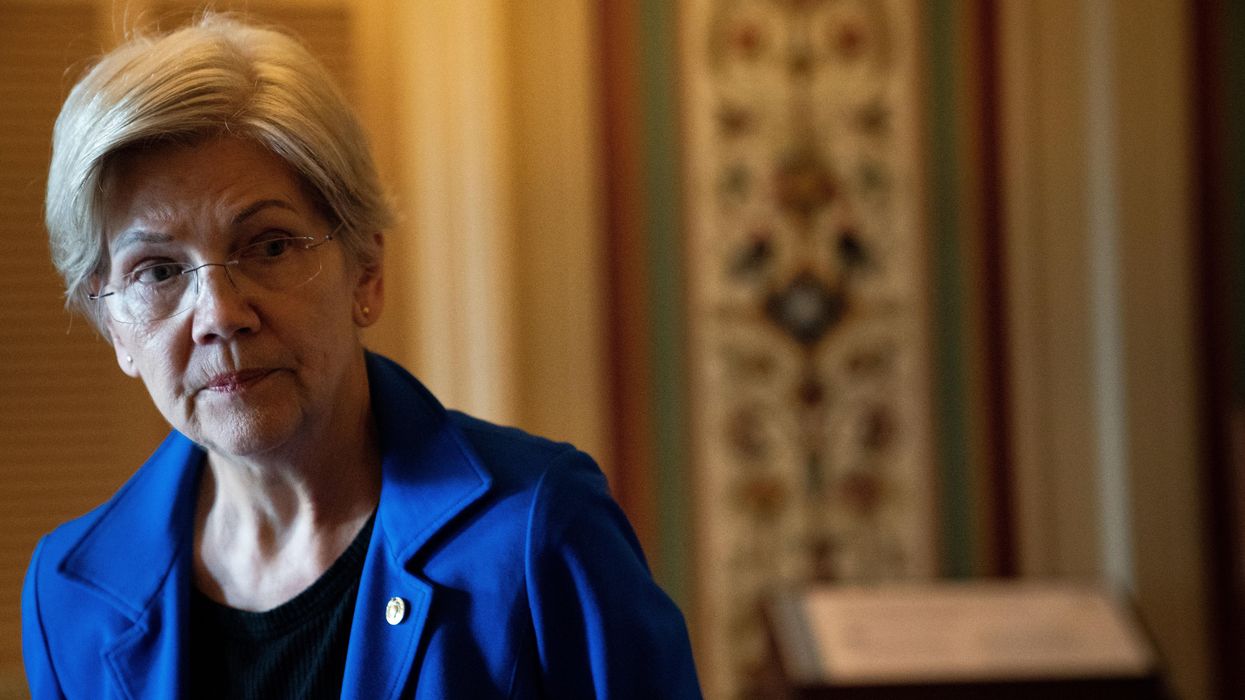Inflation surged in the spring of 2021, hit a 40-year-high rate of 9.1% in June 2022, and was still running at a historically high 6.5% at year’s end. Coverage of inflation has surged along with this rise in prices, with the volume of inflation coverage reaching levels not seen since the 1980s. One analysis (CAP Action, 12/22/21) found that in November 2021, CNN and MSNBC gave inflation roughly double the combined coverage of “jobs, wages and healthcare.”

Despite the New York Times‘ warning (11/8/22), Democrats lost a respectable nine seats in the House and actually gained a Senate seat.
Inflation has, unsurprisingly, taken center stage in the public consciousness. Voters in a pre-midterms poll (Data for Progress, 10/27/22) ranked it as their top issue by a solid 15 percentage points. The New York Times (11/8/22) noted that polling before the vote revealed “the highest level of economic concern headed into a midterm election since 2010, when the economy was coming out of the worst downturn since the Great Depression.” And exit polling put inflation at the top of the list of issues for voters.
Meanwhile, a debate has been raging over all things inflation: How high will it go, how long will it last, what should be done? Call it the Great Inflation Debate. Central to this debate has been the role of the Federal Reserve, the nation’s central bank, and what it should do, if anything, to quell the phenomenon.
Many on the left, so-called “inflation doves” (e.g., Nation, 2/18/22; In These Times, 9/22/22; Chartbook, 10/26/22), have been highly critical of the Fed’s reliance on interest rate hikes—which notoriously work by “weakening workers’ bargaining power and forcing them to accept lower wages” (Slack Wire, 3/2/22)—as a response to price increases. More conservative “inflation hawks,” by contrast, have called for aggressive monetary tightening (i.e., substantial rate hikes) to silence the inflationary threat.
The opinion sections of media outlets would seem a natural place to host this debate. Doves on one side, hawks on the other. Now rumble! After all, what is an opinion section for, if not a wide-ranging debate that exposes readers to varied perspectives on a pressing issue?
Unfortunately, opinion sections at corporate news outlets are notorious for their failure to include progressive voices. As the Columbia Journalism Review (5/8/18) pointed out in 2018, despite the growing prominence of the left in politics, left-wing thinkers have remained poorly represented on major op-ed pages. The “virtually nonexistent” presence of socialists at these outlets contrasts sharply with readers’ calls for more left-wing voices and the popularity of socialism with the American public—recent polling shows over a third of Americans have a positive view of socialism (FAIR.org, 10/9/20).
The Great Inflation Debate offers yet another example of this marginalization of left-wing voices. At the Washington Post and New York Times, two of the most widely read establishment newspapers, the opinion sections have fallen short in providing readers with exposure to progressive voices on inflation. In one case, the failure has been abysmal. In the other, it’s been merely painful.
Hawks and hawks and hawks, oh my!

Larry Summers went full Bond villain as he declared from a tropical beach (Vice, 1/10/23), “There’s going to need to be increases in unemployment to contain inflation.”
The award for abysmal failure in the field of political balance goes to the Washington Post, where hawks reign supreme. Top hawk is Larry Summers, treasury secretary under Bill Clinton and devout neoliberal, whose inflation takes have been prominently featured on the Post’s opinion pages (2/4/21, 3/17/22, 12/19/22), including in pieces by the editorial board (3/20/21, 9/21/22) and other columnists (6/13/22, 12/14/22). Summers has morphed into an almost cartoonish villain over the course of the Great Inflation Debate, in one recent instance requesting a dash of unemployment while comfortably reclined, hands clasped, by a tropical beach.
Up until recently, when Summers (12/19/22) endorsed the Federal Reserve’s “approach of stepping more gingerly,” his op-eds for the Post have been appallingly hawkish. He was already declaring “tightening” as “likely to be necessary” back in May 2021 (5/24/21) and has consistently called for interest rate hikes over the last year (e.g., 3/15/22, 4/5/22, 10/31/22). Even after the Fed raised the cost of borrowing in March 2022 and signaled its determination to do so again six more times before the end of the year, Summers (3/17/22) reprimanded it for being insufficiently hawkish, stating, “I fear the economic projections of the Federal Open Market Committee (FOMC) represent a continuation of its wishful and delusional thinking of the recent past.”
A core complaint of Summers’ is that the labor market is too tight, a polite way of saying that workers have become too empowered. Ironically, in the summer of 2020, not long before his descent into inflation hysteria, Summers had penned a piece for the Post titled “US Workers Need More Power” (6/28/20). Less than a year later, Summers (5/24/21) fretted, “Higher minimum wages, strengthened unions, increased employee benefits and strengthened regulation are all desirable, but they, too, all push up business costs and prices.” You see, he wants to help workers. But you know what really helps workers? Higher unemployment.
‘The power to quit’
Other Post columnists have not been much better. Jennifer Rubin (6/1/22) has invoked the specter of inflation to lambast Biden’s plan for student debt cancellation. Catherine Rampell (7/12/22) has complained about pesky state lawmakers’ plans for boosting residents’ incomes to shield them from inflation, dubbing these plans “actively harmful in the fight against inflation.” In the same article, she criticized student debt cancellation for its (negligible) inflationary impact and endorsed hiking interest rates instead. Rampell (7/5/22) has further lamented the Biden administration’s tendency to side with labor instead of pursuing policies that would hurt labor but would “modestly reduce pricing pressures.”

The Washington Post‘s Sebastian Mallaby (6/15/22): “To get inflation under control, the Fed will almost certainly have to cause a recession.”
Sebastian Mallaby (6/15/22, 7/15/22) has called for aggressive rate hikes in response to inflation, lauded Federal Reserve chair Jerome Powell as “courageous” following his conversion to tight monetary policy, and argued that due to the high pace of wage growth, “the Fed will almost certainly have to cause a recession” in its fight against inflation. Henry Olsen (5/12/22) has taken abnormally high inflation as an opportunity to advocate cuts to Social Security and Medicare, and, like Summers, has worried (2/10/22) that the Fed’s rate increases won’t be large enough to reverse the low unemployment that “giv[es] workers the power to quit and seek better pay and working conditions elsewhere.”
Megan McArdle has provided some dissent in her columns. In one article from May (5/29/22), she stated the obvious:
It is, of course, bad to lose 8% of your purchasing power to inflation. But it’s even worse to lose a hundred percent of it to unemployment—and the collective suffering of those who lose their jobs is arguably much greater than the pains of households strained by inflation.
She concluded the piece by “wonder[ing] whether [it]’s possible” to “stabilize inflation and then lower it gradually” rather than causing a recession.
In other columns (5/16/22, 9/21/22), however, McArdle has dismissed the idea that corporate profiteering has contributed to inflation as a “conspiracy theory,” and has stopped short of sharp criticism of the Fed, opining that “it’s hard to blame them” for “tightening the screws.”
EJ Dionne, a self-proclaimed “inflation dove,” has likewise dissented from the cacophony of hawks at the Post, expressing in a recent column (12/14/22) his disappointment that the Fed has not signaled a pause in rate hikes. He nevertheless made sure to salute Larry Summers for correctly predicting a rise in inflation.
‘Imposing economic pain’
If columnists are mere mortal combatants, the editorial board might be seen more as a deity, descending from time to time to proclaim the victory of Reason and Justice. For the Post, Reason and Justice assume the earthly form of a hawk. Though the editorial board (8/27/20) approved of the more dovish turn at the Federal Reserve back in 2020, the rise of inflation has led the board to widen its wings and unleash its talons.

The Washington Post‘s first example of a “bad proposal” (4/15/22): “Democratic accusations that companies are driving inflation by price-gouging don’t pass the logic test.” This from a paper whose owner raised the price of Amazon Prime 17% after posting a $14 billion quarterly profit.
The board was already preparing for a more hawkish turn in the spring of 2021, just as inflation was about to take off. In a March editorial (3/20/21), the board commented:
Everything depends on the Fed’s timely willingness to use its anti-inflation tools, even if it means imposing economic pain. We must hope both that the central bank never faces such a test of independence, and that it passes if it does.
The board went full hawk in early 2022, with a February editorial (2/16/22) declaring, “It is time for the Fed to get aggressive.” By April, the board’s impatience was palpable (4/15/22):
We have been urging a long-overdue half-point increase in interest rates for months. The Fed finally seems ready to take this decisive step at its May meeting…. But more bold moves will likely be needed later this year.
The board has maintained this aggressive posture as the Fed has come in its direction on interest rate policy. In a September editorial (9/21/22), the board noted that future rate hikes “will hurt, slowing growth and weakening the labor market. Unfortunately, there is no other good option.” In November, the board (11/1/22) made clear its perfect willingness to accept a recession in exchange for lower inflation. Along the way, it has repeatedly argued (6/1/22, 7/30/22, 10/22/22) against student debt cancellation due to its presumed inflationary impact.
Jeff Bezos, the multi-billionaire founder of Amazon who has owned the Post since 2013, is undoubtedly more than pleased with the near-universal hawkishness found on the Post’s op-ed pages. Amazon has been facing a worker insurgency since early in the pandemic, which has led to the first successful unionization of an Amazon warehouse, despite intense pressure from management to back down (In These Times, 5/23/22). The aggressive interest rate increases that the Fed has implemented, and that the Washington Post editorial board and many Post columnists have cheered, will have the predictable and intentional effect of weakening workers’ bargaining power. No doubt the Post’s columnists and editorial board are not consciously trying to serve Bezos’ interests, but if they were, they couldn’t do a much better job.
Bezos, in fact, has publicly expressed approval of one of his op-ed writer’s being on-message, retweeting a column by Catherine Rampell (5/16/22) that denounced the “demagogic rhetoric” of blaming “Corporate Greed” (in scare caps) for inflation—what she mocked as the “greedflation theory of the world.” (Defending herself against charges that she was carrying water for her boss, Rampell tweeted—5/18/22—”If Post writers are secretly channeling Bezos’s beliefs, we’re doing a terrible job at it, since our policy views are all over the map.”)
This came after Bezos involved himself in a public spat with the Biden administration over its call for heightened corporate taxation as a response to inflation. As Jacobin (5/23/22) put it:
If you were looking for a digital era version of Citizen Kane behavior, this is it—and it not so coincidentally comes right after President Joe Biden hosted Amazon Labor Union organizers at the White House.
The Washington Post is not exactly expected to be a friend of labor. But, as inflation has surged, it is nevertheless jarring just how anti-labor the Post has revealed itself to be. Democracy may die in darkness, but workers die in Amazon warehouses (Jacobin, 1/9/22; Popular Science, 9/2/22).
Doves…with claws

Yes, says Paul Krugman (New York Times, 8/23/22): “There don’t seem to be any realistic alternatives.”
The New York Times has taken a decidedly more moderate stance towards the inflation question. The editorial board has shied away from the bellicosity of the Post, primarily outlining its take on the proper response to inflation in one piece (4/29/22) from April 2022. This editorial, gravely titled “The Courage Required to Confront Inflation,” conceded, “It is time to raise rates.” However, the piece called for “a more measured approach,” and warned against “moving too quickly to confront inflation, or raising rates too high.”
The Times’ relative moderation on the inflation question is reflected in the writings of its op-ed contributors. The most prominent voice in the opinion section has been Paul Krugman, a Times staple who has supplied worthy dissent on important issues such as austerity in the past. Yet Krugman’s unwillingness to step too far left is obvious from his past criticisms of progressives, and it shows up once again in his editorials on inflation.
After his over-optimism in 2021 that inflation would resolve fairly quickly of its own accord, Krugman tacked right in his prescriptions in 2022. In a piece from January 2022, Krugman (1/21/22) pronounced, “it’s time for policymakers to pivot away from stimulus…. The Federal Reserve is right to be planning to raise interest rates in the months ahead.” But he cautioned, “As I read the data, they don’t call for drastic action: The Fed should be taking its foot off the gas pedal, not slamming on the brakes.”
Much like Summers, a central concern of Krugman’s has been the tight labor market. In one of his most recent columns on inflation (12/26/22), he wrote, “My concern (and, I believe, the Fed’s) comes down to the fact that the job market still looks very hot, with wages rising too fast to be consistent with acceptably low inflation.”
The tightness of the labor market has led Krugman to reject more progressive alternatives in the fight against inflation. For instance, in a column from August (8/23/22), he invoked the high level of job openings in his rejection of price controls. He concluded: “There are many good things to be said about a hot economy and tight labor markets, and we’ll miss them when they’re gone. But there don’t seem to be any realistic alternatives.”
Perhaps the most frustrating thing about Krugman is that his knack for remarkable clarity in dissent from the mainstream is matched by a firm commitment to resisting the most radical conclusions. Krugman, in stark contrast to commentators like Larry Summers, has vociferously defended the Biden administration’s economic recovery policies, despite their contribution to inflation. Hailing the swiftness of the Covid recovery, Krugman (1/6/22) wrote in early 2022, “accepting inflation for a while was probably the right call.” In another column (2/3/22) from around the same time, he observed, “The costs of unemployment are huge and real, while the costs of inflation are subtle and surprisingly elusive.”
Yet as inflation reached higher, Krugman’s claws came out. In March of 2022, he wrote (3/21/22):
Now, excess inflation suggests that recent US economic growth has been too much of a good thing. Our economy looks clearly overheated, which is why the Federal Reserve is right to have started raising interest rates and should keep doing it until inflation subsides.
So, while Krugman is willing to ask whether a war on inflation is really worth the pain, his answer affirms the orthodoxy, workers be damned.
‘Too low for too long’

The New York Times‘ Peter Coy (8/26/22) recanted his dovish views on inflation: “It’s clear now that the Fed erred by keeping interest rates too low for too long, allowing inflation to get excessively high.”
After Krugman, the most frequent contributor to the Great Inflation Debate at the Times has been Peter Coy, who has provided somewhat more dissent than Krugman on inflation policy. For instance, in a column from March 2022, when Krugman (3/21/22) was advocating a series of rate hikes, Coy (3/16/22) featured an economist, David Rosenberg, opposing further rate hikes after the March one, the first since before the pandemic. Rosenberg provided a rare critique of Paul Volcker, the legendary Federal Reserve chair who slayed inflation in the 1980s (partially by sending the labor movement to the morgue): “‘People tend to forget that in the early 1980s Volcker was reviled,’ Rosenberg said. ‘And no one really knows if inflation was going to fall anyway.’”
In June, Coy (6/17/22) evinced “concern about the Fed’s newfound aggressiveness” and noted, “There are other reasons to think the US economy and inflation are beginning to cool off, even without extreme measures by the Fed.”
His concern has been complemented by an openness to alternative ideas. In October, for example, he recommended cost-of-living adjustments to help protect people against inflation (10/14/22). More recently, in a column (1/4/23) on class conflict and inflation, he displayed interest in incomes policy, which would involve wage and price controls.
Yet even Coy has revealed claws. Though he has been skeptical of rate hikes, he has nevertheless yielded to their necessity. In August, he wrote (8/26/22), “It’s clear now that the Fed erred by keeping interest rates too low for too long, allowing inflation to get excessively high.” That such a blunt instrument, one that has the predictable and intentional effect of weakening workers’ power, obviously must be used in the context of the current inflation is not in question among the Times’ foremost participants in the Great Inflation Debate.
Besides Krugman and Coy, both regular Times columnists, a spattering of other commentators have been awarded spots in the Times’ op-ed pages. Mike Konczal and JW Mason, progressive economists affiliated with the Roosevelt Institute, published a piece (6/15/21) in the summer of 2021 that criticized reliance on interest rate hikes as a response to a surge in demand, and warned:
There is a real political danger that policymakers will be pressured into seeing an economy with more worker power as something to be reined in, under the rationale of avoiding dangerous overheating.
A Times opinion newsletter (12/16/21) from late 2021 featured skeptics of rate hikes, with Eric Levitz noting, “Raising rates could actually make things worse,” and Adam Tooze commenting, “A broad monetary policy squeeze may be a high cost, low return proposition.” The Times has also run a more recent piece (10/4/22) by Tooze pointing out the substantial dangers that Fed policy poses for the global economy. Another notable progressive invite has been Ro Khanna, a California congressmember, who took to the Times (6/2/22) last summer to argue for a more holistic approach to lowering inflation.
There have been a number of other Times editorials written by progressives over the course of the Great Inflation Debate, but while left-wing voices are certainly more common at the Times than the Post, they do not receive serious amplification. There is no major columnist at the Times who has, over the past year and a half, not only written regularly on inflation but outlined a genuinely leftist response, one that does not involve deliberately throwing people out of work in order to reduce labor costs. While the Post may be a caricature of a hawk, the Times more resembles a dove…with claws.
Remember the left wing

James Galbraith (Nation, 2/18/22) points out that “since most American jobs are in services, those wages are also prices”—and that “suppressing wage increases for low-wage American workers is reactionary.”
Corporate outlets may have clipped their left wing, but that does not mean leftists have been silent. In reality, they have been significant participants in the debate over inflation—outside the Post and Times. The economist James Galbraith, for instance, outlined a compelling case against interest rate hikes in the Nation (2/18/22) back in February 2022:
Suppressing wage increases for low-wage American workers is reactionary. And it’s a result that can be achieved only by gouging those workers and their families on their debts and then cutting off their bargaining power over their jobs.
Galbraith urged his audience to recognize that progressive transformation of the economy
will put pressure on the price level. The “inflation” to come is just a condensed reflection of this reality. And the idea that “inflation is the Fed’s job” is just a way of denying that reality while dumping the unavoidable costs of adjustment onto American workers, their families, the indebted and the poor.
Rejecting the idea that the Fed should hurt workers to lower inflation, Galbraith advocated progressive remedies to high prices, including the redirection of resources toward more socially beneficial uses, the de-financialization of the economy, control of healthcare costs through Medicare for All, rent control and selective price controls.
A casual reader of the Times or the Post would almost certainly find this line of reasoning shockingly alien. But they would likely be quite familiar with the argument for interest rate hikes. Repetition has made the thought of weakening worker power seem commonsensical, while exclusion makes the idea of strengthening worker power sound radical.
Opinion sections at these outlets just so happen to prioritize views that line up with the interests of their owners’ class and against those of the poor. What readers get is not a real debate; instead, it’s indoctrination.
The post If You Won’t Sacrifice Workers to Fight Inflation, You’re Off the Op-Ed Page appeared first on FAIR.
This post was originally published on FAIR.
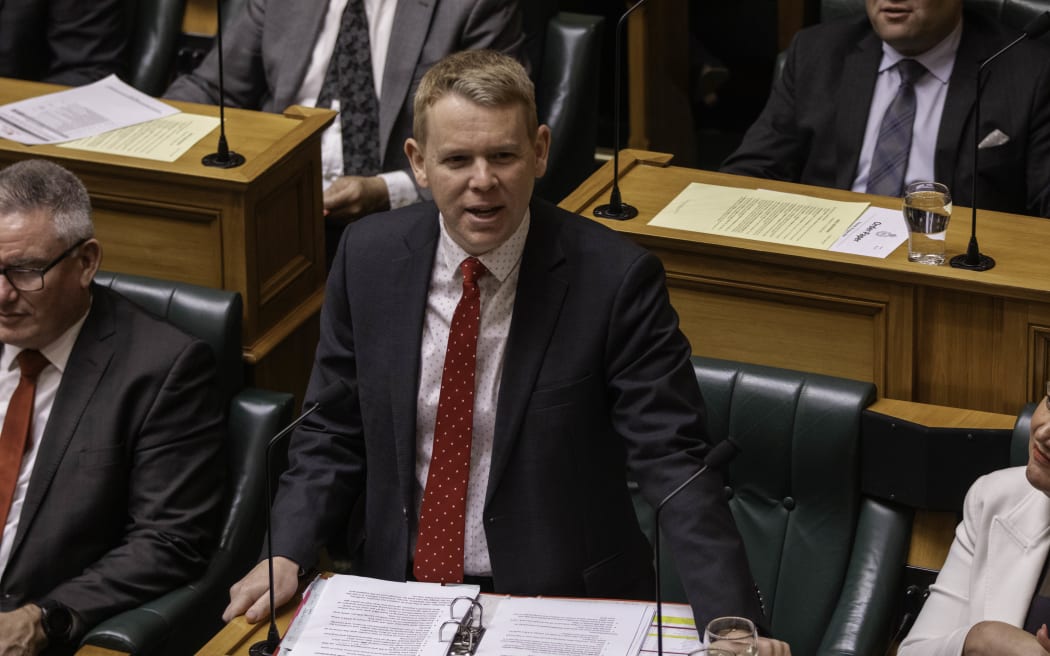
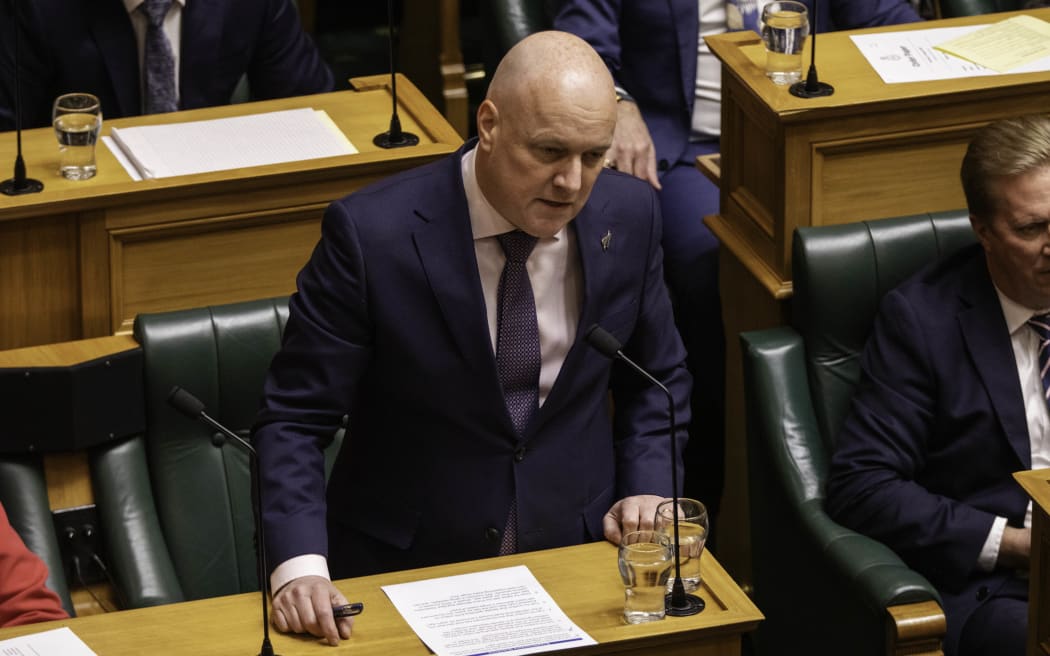
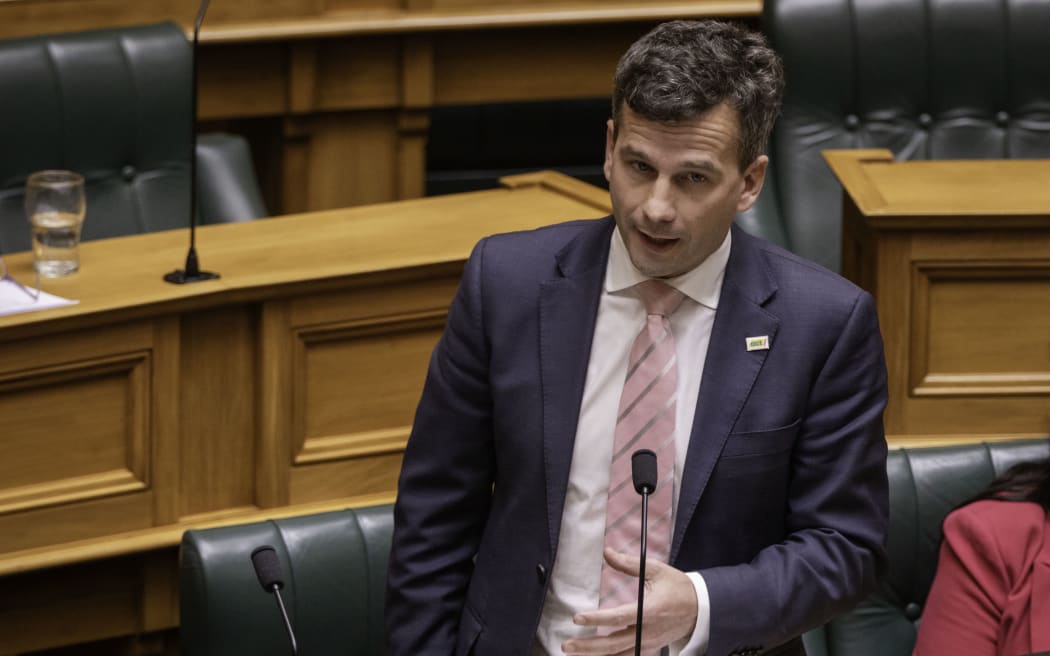
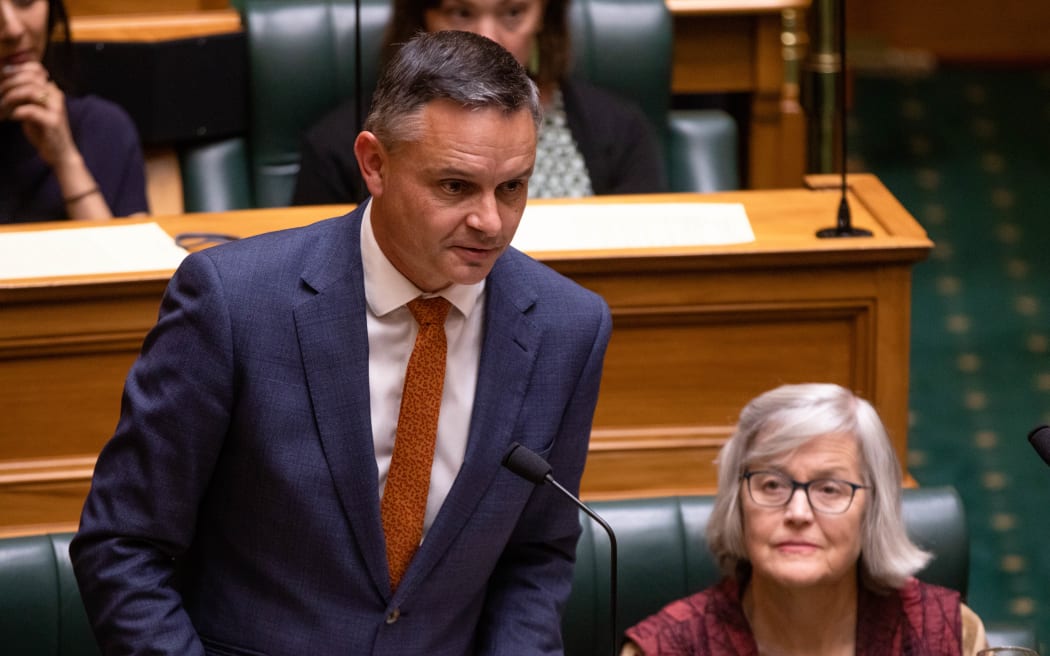
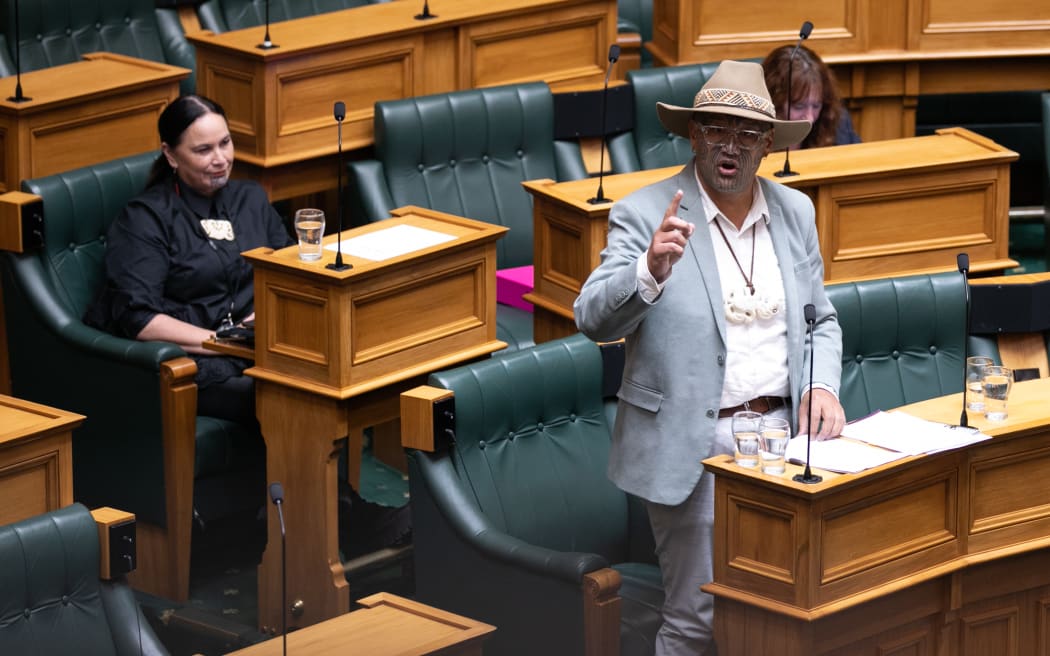







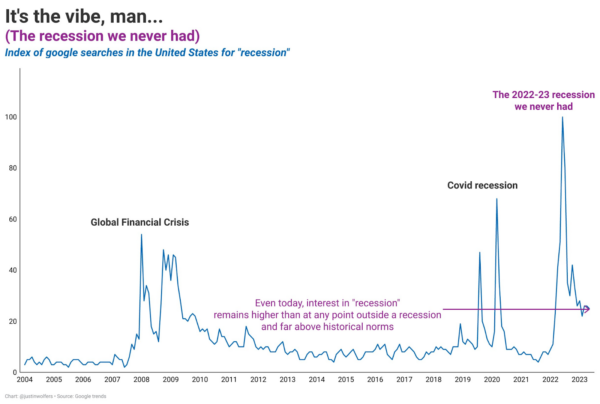








 70%
70% (@SaveBritishFood)
(@SaveBritishFood) 

